#trade ads
Text
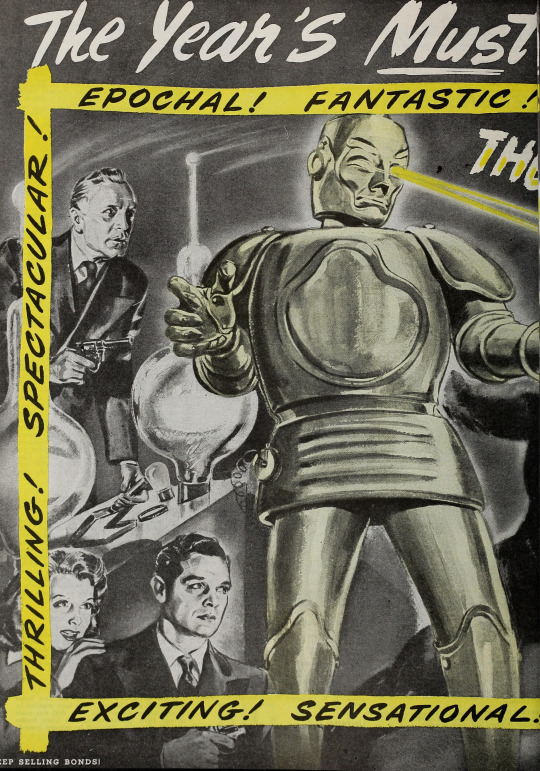
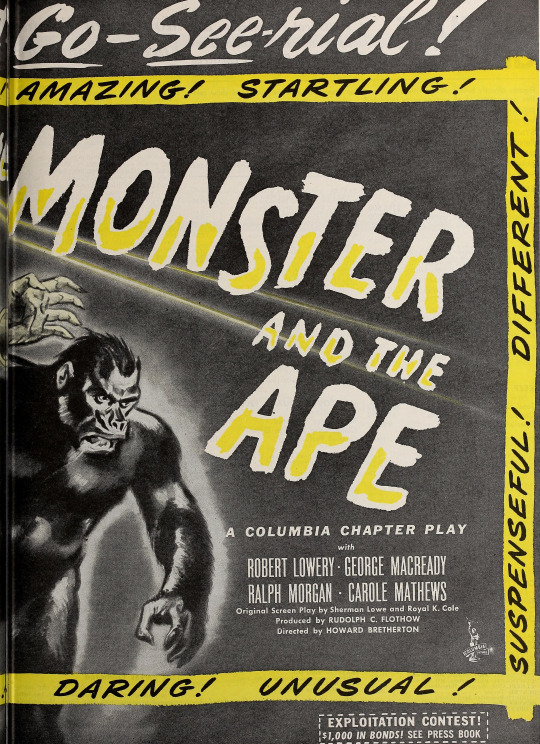

The Monster and the Ape (1945)
47 notes
·
View notes
Text
Every fall out boy song is like *nonsense lyric* *nonsense lyric* *the most profound cunt serving couplet in the English language since Shakespeare that sends you straight back to middle school* *nonsense*
#‘we were a hammer to the statue of David we were a painting you could never frame’ what would you trade the pain for?’ that’s primo shit#Pete wentz you gotta stop doing this to me#(please never stop)#ppl are adding there favorites in the comments and I just want to say please continue#fob#fall out boy#music
37K notes
·
View notes
Text





Dragons meet Dragons!
Got to do an art trade with @paintedkinzy-88 and their RISE dragon au!
#I really enjoyed getting to see the similarities and differences between each dragon design#I added a little sketch page with just some fun scenarios that came to me as I was drawing the dragon art#I though I was the only dragon AU so this was so much fun to find and get to draw!!!#art trade#my art#tmnt dragons#tmnt spitfire au#tmnt spitfire#rottmnt spitfire#rottmnt spitfire au#rottmnt art#rottmnt#rise turtles#rise tmnt#tmnt rise#rise fanart#rottmnt au#rise au#tmnt au#tmnt art#tmnt#tmnt fanart#teenage mutant ninja turtles#rise of the tmnt#rise of the turtles#rise of the teenage mutant ninja turtles#art 4 others#the hits
640 notes
·
View notes
Text

YCAO!Ethubs err

ch6 spoilers ig?????
#stufffsart#ycao au#bdoubleo100#bdoubleo#etho#ethoslab#ethubs#hermitcraft#hermitshipping#hermitblr#mcytblr#.... ADDED BACK THE BLACK STREAKS TO ETHO'S HAIR IM SORRY he looks missing without them u_u#i think abt this part then i think about the immediate scene change after with etho at the police station and horrors beyond comprehension#tbf [REDACTED]'s debut there rocked tho LOVE that guy#LOL trade offer: YOU get free ethubs art - I get to talk about ycao. awesome? awesome
860 notes
·
View notes
Text

2001 Pokemon 3: The Movie VHS Comic Ad
#pokemon#vhs#tapes#2000s#2001#pokemon 3 the movie#pokemon the movie#pokemon the movie 3#unown#entei#pokemon anime#pokemon cartoon#nintendo#pokemon cards#pokemon tcg#pokemon trading card game#pokemon movie#comic ads#print ads
400 notes
·
View notes
Text
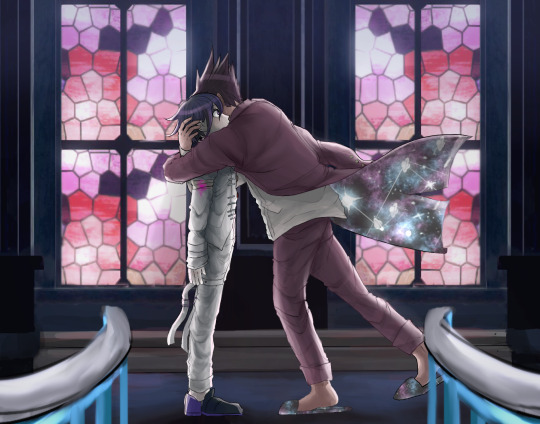

some fake screenshots I drew in 2022 for the fic that is leagues better than drv3, I’d trade my life for yours by grayimperia! this fic changed my life
depicted: [spoilers] the end of the chapter 5 trial, and the chapter 3 handcuff incident
#I purposefully added in some wonkiness for extra authenticity#danganronpa#drv3#danganronpa v3#kaito momota#kokichi ouma#kaede akamatsu#itmlfy#i’d trade my life for yours#oumota#fanart
319 notes
·
View notes
Text


no one understands them
#spider man: across the spider verse#spider noir#spiderman india#pavitr prabhakar#theyre goth and emo solidarity#brothers in deity-given spider powers#pav practice!! i think he turned out pretty good#ignore the bad lighting i was just goin to town lol#idk shit abt makeup so uhhhh yknow what i prolly did fine#me literally just adding glitter: wow this is so Drag Queen Aesthetic#its ok they cute <3#gayatri and hobie trade glances then do significantly better than i did#they hang out pav educates peter on tea and they trash talk their respective deities#i dont know if pav is in contact with that guy actually#but peter certainly still talks to the spider goddess lol
251 notes
·
View notes
Text
Cold Iron in folklore, fiction, and RPGs
'Gold is for the mistress—silver for the maid!
Copper for the craftsman cunning at his trade.'
'Good!' said the Baron, sitting in his hall,
'But Iron—Cold Iron—is master of them all!'
— Rudyard Kipling, “Cold Iron”
Folklore

Drudenmesser, or "witch-knife", an apotropaic folding knife from Germany
The notion that iron (or steel) can ward against evil spirits, witches, fairies, etc is very widespread in folklore. You hang a horseshoe over your threshold to deny entry to evil spirits, you carry an iron tool with you to make sure devils won't assault you, you place a small knife under the baby's crib to ward it from witches, and so on. Iron is apotropaic in many many cultures.
In English, we often come across passages that refer to apotropaic cold iron (or cold steel). "All uncouth, unknown Wights are terrifyed by nothing earthly so much as by cold Iron", says Robert Kirk in 1691, which I believe is the earliest example. "Evil spirits cannot bear the touch of cold steel. Iron, or preferably steel, in any form is a protection", says John Gregorson Campbell in 1901.
Words
So what is cold iron? In this context, it’s just iron. The “cold” part is poetic, especially – but not only – if we’re talking about either blades (or swords, weapons, the force of arms) or manacles and the like. It just sounds more ominous. There are “cold yron chaines” in The Fairie Queene (1596), and a 1638 book of travels tells us that a Georgian general (in the Caucasus) vowed “to make the Turk to eat cold iron”.
Green’s Dictionary of Slang defines “cold iron” as a sword, and dates the term to 1698. From 1725 it appears in Cant dictionaries (could this sense be thieves’ cant, originally? why not, plenty of words and expressions started as underworld slang and then entered the mainstream), and from ~1750 its use becomes much more common.

NGram Viewer diagram for 1600-2019.
In other contexts, cold iron is (surprise!) iron that’s not hot. So let’s talk a bit about metallurgy.
Metals

In nature, we can find only one kind of iron that’s pure enough to work with: meteoritic iron. It has to literally fall from the sky. Barring that very rare occurrence, people have to mine the earth for iron ore, which is not workable as is. To separate the iron from the ore we have to smelt it, and for that we need heat, in the form of hot charcoals. Throwing the ore on the coals won’t do much of anything, it’s not hot enough. But if we enclose the coals in a little tower built of clay, leaving holes for air flow, the temperature rises enough to smelt the ore. That’s called a bloomery.

clay bloomery / medieval bloomery / beating the bloom to get rid of the slag
What comes out of the bloomery is a bloom: a porous, malleable mass of iron (that we need) and slag (byproducts that we don’t need). But now we can get rid of the slag and turn the porous mass to something solid, by hammering the hot bloom over and over. And once the slag is off, by the same process we can give it a desired shape in the forge, reheating it as needed. This is called “working” the iron, hence “wrought iron” objects, i.e. forged.

a blacksmith in his forge, with bellows, fire, and anvil (English woodcut, 1603)
This is the lowest-tech version, possibly going back to ~2000 BCE in Nigeria. If we add bellows, the improved air flow will raise the temperature. So smelting happens faster and more efficiently in the bloomery, and so does heating the iron in the forge, making it easier to work with. And that’s the standard process from the Iron Age all through the middle ages and beyond (although in China they may have skipped this stage and gone straight to the next one).
If we make the bloomery bigger and bigger, with stronger and stronger bellows, we end up with a blast furnace, a construction so efficient that the temperature outright melts the iron, and it’s liquified enough to be poured into a mould and acquire the desired shape when it cools off. This is “cast iron”.
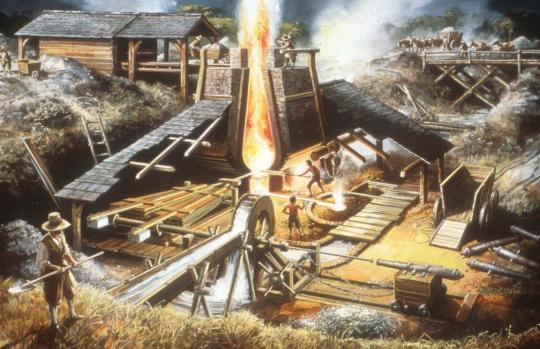
a blast furnace
So in all of this, what’s cold iron? Well, it’s iron that went though the heat and cooled off. (No heat = no iron, all you got is ore.) If it came out of a bloomery, or if it wasn’t cast, it’s by definition worked, hammered, beaten, wrought, and that happened while it was still hot.
Is there such a thing as “cold-wrought” iron? No. In fact, “working cold iron” was a simile for something foolish or pointless. A smith who beats cold iron instead of putting it in the fire shows folly, says a 1694 book on religion, so you too should choose your best tools, piety and good decorum, to educate your children and servants, instead of beating them. When Don Quixote (1605) declares he’ll go knight-erranting again, Sancho Panza tries to dissuade him, but it’s like “preaching in the desert and hammering on cold iron” (a direct translation of martillar en hierro frío).
Minor work can be done on cold iron. A 1710 dictionary of technical terms tells us that a rivetting-hammer is “chiefly used for rivetting or setting straight cold iron, or for crooking of small work; but ’tis seldom used at the forge”. Fully fashioning an object out of cold iron is not a real process – though a 1659 History of the World would claim that in Arabia it’s so hot that “smiths work nails and horseshoes out of cold iron, softened only by the vigorous heat of the sun, and the hard hammering of hands on the anvil”. [I declare myself unqualified to judge the veracity of this statement, let's just say I have doubts.] And there is of course such a thing as “cold wrought-iron”, as in wrought iron after it’s cooled off.
Either way, in the context of pre-20th century English texts which refer to apotropaic “cold iron”, it’s definitely not “cold-wrought”, or meteoritic, or a special alloy of any kind. It’s just iron.
Fiction
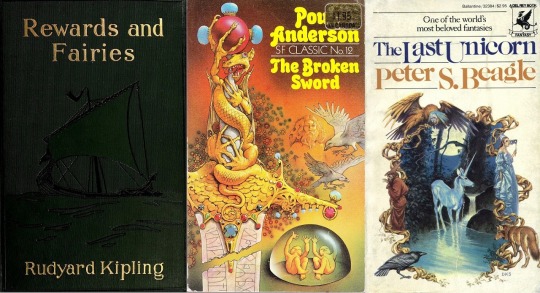
The old superstition kept coming up in fantasy fiction. In 1910 Rudyard Kipling wrote the very influential short story “Cold Iron” (in the collection Rewards and Fairies), where he explains invents the details of the fairies’ aversion to iron. They can’t bewitch a child wearing boots, because the boots have nails in the soles. They can’t pass under a doorway guarded by a horseshoe, but they can slip through the backdoor that people neglected to guard. Mortals live “on the near side of Cold Iron”, because there’s iron in every house, while fairies live “on the far side of Cold Iron”, and want nothing to do with it. And changelings brought up by fairies will go back to the world of mortals as soon they touch cold iron for the first time.
In Poul Anderson’s The Broken Sword (1954), we read:
“Let me tell you, boy, that you humans, weak and short-lived and unwitting, are nonetheless more strong than elves and trolls, aye, than giants and gods. And that you can touch cold iron is only one reason.”
In Peter S. Beagle’s The Last Unicorn (1968) the unicorn is imprisoned in an iron cage:
“She turned and turned in her prison, her body shrinking from the touch of the iron bars all around her. No creature of man’s night loves cold iron, and while the unicorn could endure its presence, the murderous smell of it seemed to turn her bones to sand and her blood to rain.”
Poul Anderson would come back to that idea in Operation Chaos (1971), where the worldbuilding’s premise is that magic and magical creatures have been reintroduced into the modern world, because a scientist “discovered he could degauss the effects of cold iron and release the goetic forces”. And that until then, they had been steadily declining, ever since the Iron Age came along.
There are a million examples, I’m just focusing on those that would have had a more direct influence on roleplaying games. However, I should note that all these say “cold iron” but mean “iron”. Yes, the fey call it cold, but they are a poetic bunch. You can’t expect Robin Goodfellow’s words to be pedestrian, now can you?
RPGs

And from there, fantasy roleplaying systems got the idea that Cold Iron is a special material that fey are vulnerable to. The term had been floating around since the early D&D days, but inconsistently, scattered in random sourcebooks, and not necessarily meaning anything else than iron. In 1st Edition’s Monster Manual (1977) it’s ghasts and quasits who are vulnerable to it, not any fey creature. Devils and/or fiends might dislike iron, powdered cold iron is a component in Magic Circle Against Evil, and “cold-wrought iron” makes a couple of appearances. For example, in AD&D it can strike Fool’s Gold and turn it back to its natural state, revealing the illusion.
Then Changeling: The Dreaming came along and made it a big deal, a fundamental rule, and an anathema to all fae:
Cold iron is the ultimate sign of Banality to changelings. ... Its presence makes changelings ill at ease, and cold iron weapons cause horrible, smoking wounds that rob changelings of Glamour and threaten their very existence.... The best way to think about cold iron is not as a thing, but as a process, a very low-tech process. It must be produced from iron ore over a charcoal fire. The resulting lump of black-gray material can then be forged (hammered) into useful shapes.
— Changeling: The Dreaming (2nd Edition, 1997)
So now that we know how iron works, does that description make sense? Well, if we assume that the iron ore is unceremoniously dumped on coals, it does not. You can’t smelt iron like that. If we assume that a bloomery is involved even though it’s not mentioned, then yes, this is broadly speaking how iron’s been made since the Iron Age, and until blast furnaces came into the picture. But the World of Darkness isn’t a pseudo-medieval setting, it’s modern urban fantasy. So the implication here is that “cold iron” is iron made the old way: you can’t buy it in the store, someone has to replicate ye olde process and do the whole thing by hand. Now, this is NOT how the term “cold iron” has been used in real life or fiction thus far, but hey, fantasy games are allowed to invent things.
Regardless, 3.5 borrowed the idea, and for the first time D&D made this a core rule. Now most fey creatures had damage reduction and took less damage from weapons and natural attacks, unless the weapon was made of Cold Iron:
“This iron, mined deep underground, known for its effectiveness against fey creatures, is forged at a lower temperature to preserve its delicate properties.”
— Player’s Handbook (3.5 Edition, 2003)
Pathfinder kept the rule, though 5e did not. And unlike Changeling, this definition left it somewhat ambiguous if we’re talking about a material with special composition (i.e. not iron) or made with a special process (i.e. iron but). The community was divided, threads were locked over this!
So until someone points me to new evidence, I’ll assume that the invention of cold iron as a special material, distinct from plain iron, should be attributed to TTRPGs.
#long post#cold iron#d&d#Changeling: The Dreaming#World of Darkness#Peter S. Beagle#The Last Unicorn#Rudyard Kipling#Poul Anderson#The Broken Sword#how to rogue#pathfinder#rogues in fiction#Operation Chaos#rogue superstitions#words of the trade#thieves' cant#ad&d#d&d history#1st edition#fey#3.5#fluff#trs
340 notes
·
View notes
Text
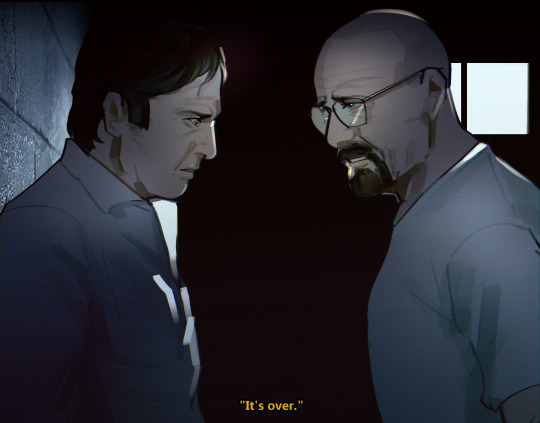



i need more people to ship waltsaul me and oomf are literally starving
#waltsaul#saulter#walter white#saul goodman#breaking bad#brbabcs#they are funny i swear ... also this is for an art trade with said oomf#on my knees praying y'all will see the vision through these shitposts added#brba fanart
64 notes
·
View notes
Text

Star Trek Trading Cards ad
#star trek#trading cards#vintage#ad#ads#advertising#advertisement#vintage ad#vintage ads#vintage advertising#vintage advertisement
65 notes
·
View notes
Text

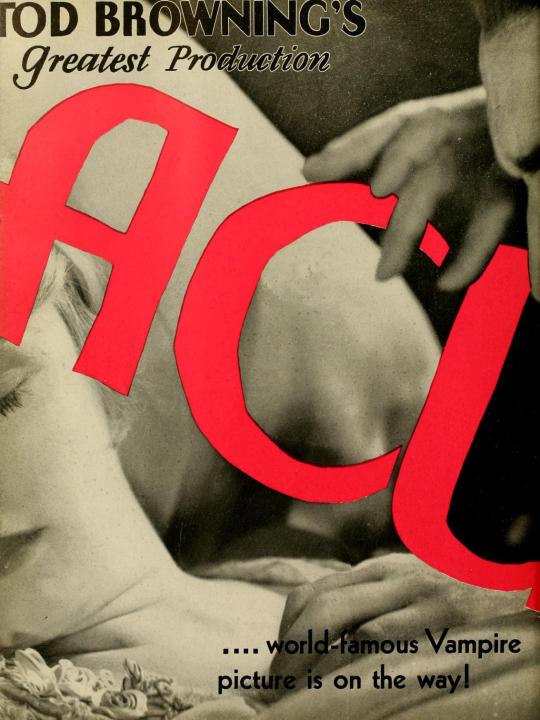





Dracula (1931) - Trade ad from 1930
#dracula 1931#dracula#bela lugosi#helen chandler#david manners#1930s horror#1930s movies#1931#tod browning#universal monsters#universal horror#classic horror#vintage movie ads#trade ads
72 notes
·
View notes
Text
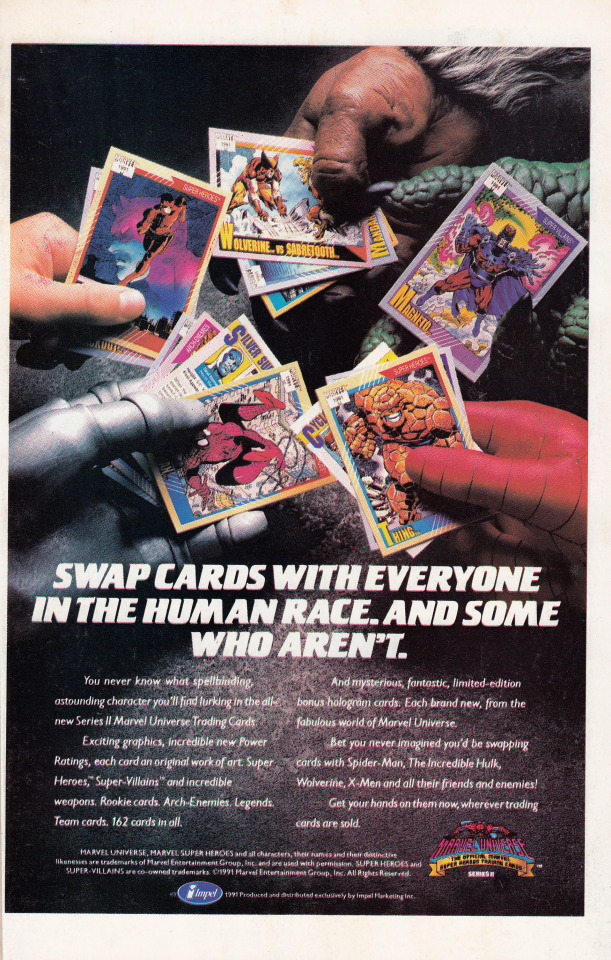
Marvel Universe trading cards ad circa September 1991
100 notes
·
View notes
Text

*isat-ifys your catthing*
say hi to vion, a traveler from dormont and avid follower of change! this is for a tableau of travels, a small postcanon isat story with new characters. the other lovely people working on it are @laciedoesdraw, @loverofstufflof, and @flyingferrethastumbler!!
alt versions without cape under the cut :3


#pixell.art#isat#in stars and time#a tableau of travels#isat oc#oc#original character#isat au#art#illustration#they're so sillyyyyy#they added cat ears and a tail when they crafted their body :3#they do odd jobs around vaugarde and theyre sort of a jack of all trades#lotsa random skills :3#ill talk more about them when everyone else involved in atot posts their characters!!!!! :D#also i came up with the story title and im very proud of it :>
48 notes
·
View notes
Text
as im reading tsc i thought back to one time i imagined the exy teams all had something fantasyesque to mark them as a team member and i think the foxes should all have teefies, the ravens should have red eyes and the trojans should have gold speckles on their cheeks, and these change depending on the team contract you sign
#other teams not added cause i couldnt think of anything#maybe green highlights for that one green team??#this means neil never got red eyes bc he never signed the raven contract :)#and jean traded his red eyes for gold freckles when he became a trojan :))#im normal#tfc#aftg#tsc#the foxhole court#all for the game#the sunshine court#neil josten#jean moreau#see also: andrew with teefies#just a cat fr#speech
23 notes
·
View notes
Text
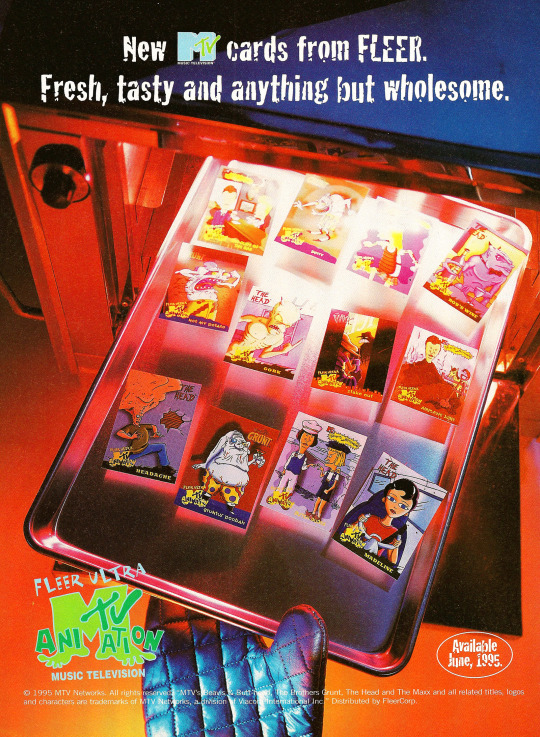
1995 Fleer MTV Animation Trading Cards Magazine Ad
#mtv#mtv animation#cartoons#90s cartoons#fleer#cards#trading cards#mtv cards#mtv animation cards#print ads#magazine ads#the head#beavis and butthead#1995#90s#1990s
50 notes
·
View notes
Text
Hey @quinklequonkle here's my half of the art trade!! lookin forward to your half getting posted :D
I tried my best to make ren from YKMET / BTD / TPOF for an art trade for you I hope you like him!!!!

#btd fanart#btd ren#btd2#btd ren hana#ren hana#ykmet ren#ykmet#art practice#my art#art trade#i asked them to make oliver#i asked them to make @\coniophoraputeana#they told me to ad the next tag:#Ginger rat#.-. idk why
22 notes
·
View notes